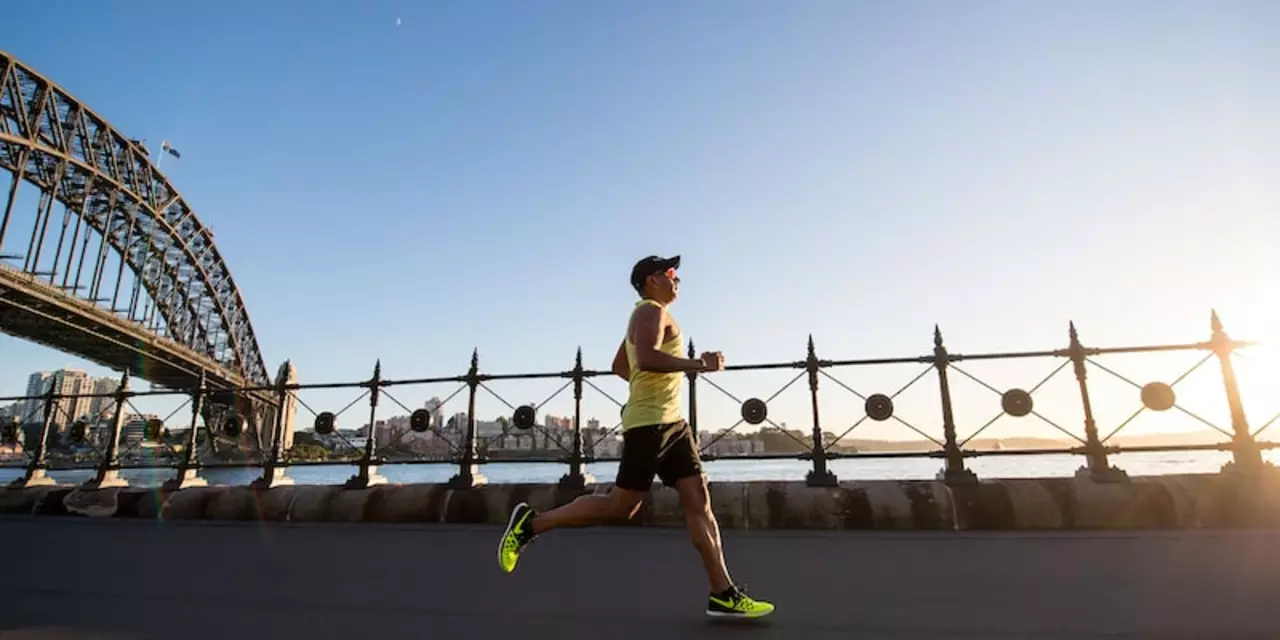How Police Search for Hit‑and‑Run Drivers
Ever wonder if police really go after the driver who fled a crash? The short answer is yes. When a hit‑and‑run happens, officers treat it like any other crime. They start by securing the scene, taking photos, and noting every detail that could point to the culprit.
First, they look for physical clues. Paint chips, broken glass, tire marks, and skid marks are collected and sent to a lab. Those tiny pieces can match a specific make or model of a car. Even a small scratch on a bumper can narrow the search dramatically.
What Police Do After a Hit‑and‑Run
Next, cops canvas the area for witnesses. They knock on doors, talk to anyone who might have seen the accident, and ask for video from nearby cameras. Many neighborhoods have security cameras on streetlights, stores, or homes. A quick glance at that footage can reveal the license plate or at least the car’s color and shape.
Police also check for any emergency calls or 911 reports that mentioned the crash. Those calls sometimes include a description of the fleeing vehicle. If a driver left a piece of their car behind, the forensics team can compare it to vehicles registered in the area.
Tips from the public are a big help too. A neighbor who saw a suspicious car driving fast that evening can give a description that matches other evidence. Most departments have hotlines or online forms where you can share what you saw, even if you think it’s a small detail.
How You Can Help the Investigation
If you’re near a hit‑and‑run, act fast. Take photos of the damage, the surrounding area, and any debris. Write down the time, location, and direction the car went. If you notice a license plate, jot it down, but don’t try to chase the driver.
Check if any nearby businesses have security cameras. Ask the owners if they’re willing to share the footage with police. It’s often a quick process, and the video can be the missing piece that cracks the case.
Even if you only heard a loud engine revving or saw a flash of light, let the police know. Those sounds can help determine the speed of the car and the likely route it took. The more information you give, the easier it is for investigators to narrow down suspects.
Police also use databases to match the physical evidence with registered vehicles. If they find a paint chip that matches a specific color, they can pull up a list of cars with that paint in the area. That list narrows the field, and any additional tip can point to the right driver.
In many cases, a hit‑and‑run driver is caught within days or weeks. The key is that police don’t give up; they keep checking the evidence, re‑interviewing witnesses, and following up on new tips. Patience and community help are essential.
So, yes—police actively search for hit‑and‑run drivers, using physical clues, witness accounts, video footage, and public tips. If you ever find yourself at the scene, remember to stay safe, gather what you can, and call it in. Your quick actions could bring a dangerous driver to justice and keep the roads safer for everyone.
Do police actively search for a hit-and-run driver?
Hit-and-run accidents are a serious crime that can cause serious harm and even death. Police officers actively search for the drivers responsible for these accidents in order to bring them to justice. Law enforcement officers investigate the area of the accident and canvas the neighborhood for witnesses or surveillance footage that can be used to identify the vehicle and the driver. They also actively search for the vehicle, often relying on tips from the public. In some cases, police may even use forensic evidence, such as paint chips from the vehicle, to identify the driver. Ultimately, police officers are dedicated to catching hit-and-run drivers and bringing them to justice.
